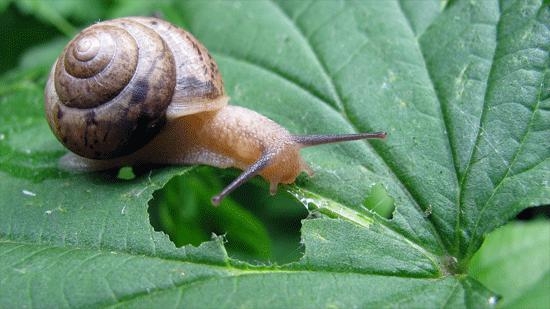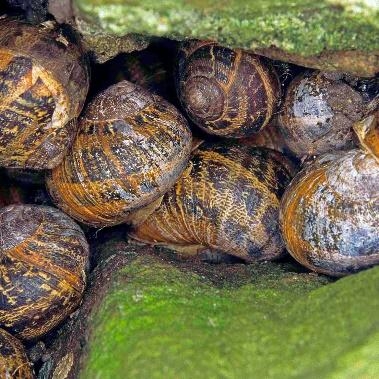As both a Mindfulness Meditation teacher and a Master Gardener, I am sometimes asked if gardening is like meditation, and I always answer that it can be. Mindfulness is paying careful attention to the present moment in a kind and non-judgmental way. It can be practiced as a sitting meditation, with the eyes closed and paying attention to the breath or body, or thoughts passing through the mind. And it can be done in daily life, pulling just this weed or inspecting just this infestation or admiring just this flower. The constancy and quality of attention is what is important. Just like mindfulness, gardening can steady the mind.

The Master Gardener program mission is to provide the public with research-based information about home horticulture, pest management, and sustainable landscape practices. Central to Integrated Pest Management (IPM) is integrating several control methods, including prevention as well as cultural, physical, and biological control. Chemical control methods are recommended on an identified pest that could cause lasting harm, and which nonchemical methods fail to adequately control.
As stated in the Master Gardener handbook, “An IPM approach encourages methods that provide long-term prevention or suppression of pest problems with minimal impact on human health, the environment, and nontarget organisms.” (California Master Gardener Handbook, Second Edition, p.194). This is highly compatible with the ethical principles of Mindfulness.
On the UC IPM website (www.ipm.ucanr.edu), most pest discussions first make sure the problem is properly identified, followed by explaining the life cycle of the pest, the damage they do, and whether the damage threatens the plant's survival. Only after the problem is identified can it be managed. Management advice begins with the least harmful, only recommending chemical controls to prevent lasting harm.
Here's an example: snails. Anyone who gardens in San Joaquin Valley is familiar with them. They will nibble on many fleshy plants and seedlings, even destroying some. They send many of us to the store to buy snail bait. But what is the least harmful way to control them?

While all hiding spots can't be removed, snails will congregate in what's left (under low fence ledges or rocks, for example), where they can be removed by hand. They can also be trapped or hand-picked at night when they are feeding. Copper barriers around planting beds can prevent entry and reducing moist foliage by using drip irrigation and/or watering early can make plants less attractive. Susceptible plants can be planted as far as possible from hiding places. With these cultural methods, while some snails are harmed, it will prevent their increase and damage.
As for biological control, snails and slugs do have some natural enemies, but probably not enough to maintain control. And we may be fine with beetles, but do we want to encourage rats and Canadian geese?
Chemical control is seldom successful on its own and is often used in combination with other methods. The least harmful snail baits contain iron phosphate and are safer around children, pets, and wildlife. They work by causing the snail to stop feeding. Baits containing metaldehyde are not the best choice, as they can be attractive and poisonous to dogs and cats. (More information on snails is available at http://ipm.ucanr.edu/PDF/PESTNOTES/pnsnailsslugs.pdf).
So, before you reach for that snail bait, consider less harmful options. For myself, I try hard to prevent them from establishing themselves because I prefer not to kill them. And I no longer plant hosta because they will always find it and destroy it!